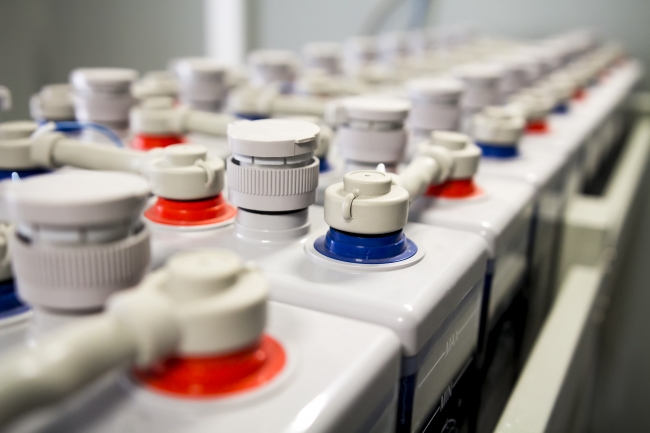Lead-acid batteries, commonly used in various applications from automotive to backup power systems, can sometimes be rejuvenated through physical repair methods. These methods are often seen as temporary solutions to extend the battery’s life and improve performance.
1. Cleaning and Maintenance
Tools Needed: Baking soda, water, wire brush, terminal cleaner.
- Cleaning the Terminals: Corrosion on the battery terminals can cause poor connections and reduced performance. Clean the terminals using a mixture of baking soda and water to neutralize any acid, then scrub with a wire brush or terminal cleaner.
- Checking Electrolyte Levels: Ensure the electrolyte (sulfuric acid and water) levels are adequate. If levels are low, top them up with distilled water.
2. Equalization Charge
Tools Needed: Battery charger with equalization mode.
- Process: An equalization charge is a controlled overcharge performed on flooded lead-acid batteries. It helps to remove sulfate crystals that build up on the battery plates over time. This process is carried out using a battery charger that has an equalization mode, which applies a higher voltage charge for an extended period.
3. Desulfation
Tools Needed: Desulfation device or pulse charger.
- Process: Sulfation occurs when lead sulfate crystals harden on the battery plates. A desulfation device or pulse charger can be used to send high-frequency pulses through the battery to break down these crystals, restoring capacity.
4. Cell Replacement
Tools Needed: Replacement cells, tools for disassembly (screwdrivers, wrenches), safety equipment (gloves, goggles).
- Process: In some cases, individual cells within a lead-acid battery can be replaced. This is a complex process that involves disassembling the battery, identifying the faulty cells, and replacing them with new ones. Proper safety measures should be taken as the battery contains hazardous materials.
5. Reconditioning by Discharging and Charging
Tools Needed: Battery discharger, charger.
- Process: Reconditioning involves deeply discharging the battery and then recharging it slowly. This process can sometimes restore capacity by breaking down mild sulfation and ensuring all cells are balanced.
Safety Precautions
- Protective Gear: Always wear gloves and safety goggles when working with lead-acid batteries.
- Ventilation: Work in a well-ventilated area to avoid inhaling harmful fumes.
- Handling Acid: Be cautious when handling sulfuric acid and electrolyte solutions. In case of spills, neutralize with baking soda and clean immediately.
Summary
These physical repair methods can help extend the life of lead-acid batteries, but it’s important to note that they are not permanent fixes. Regular maintenance and proper usage are key to maximizing the lifespan of these batteries. If a battery continues to show poor performance after these interventions, it might be time to consider recycling and replacing it.


